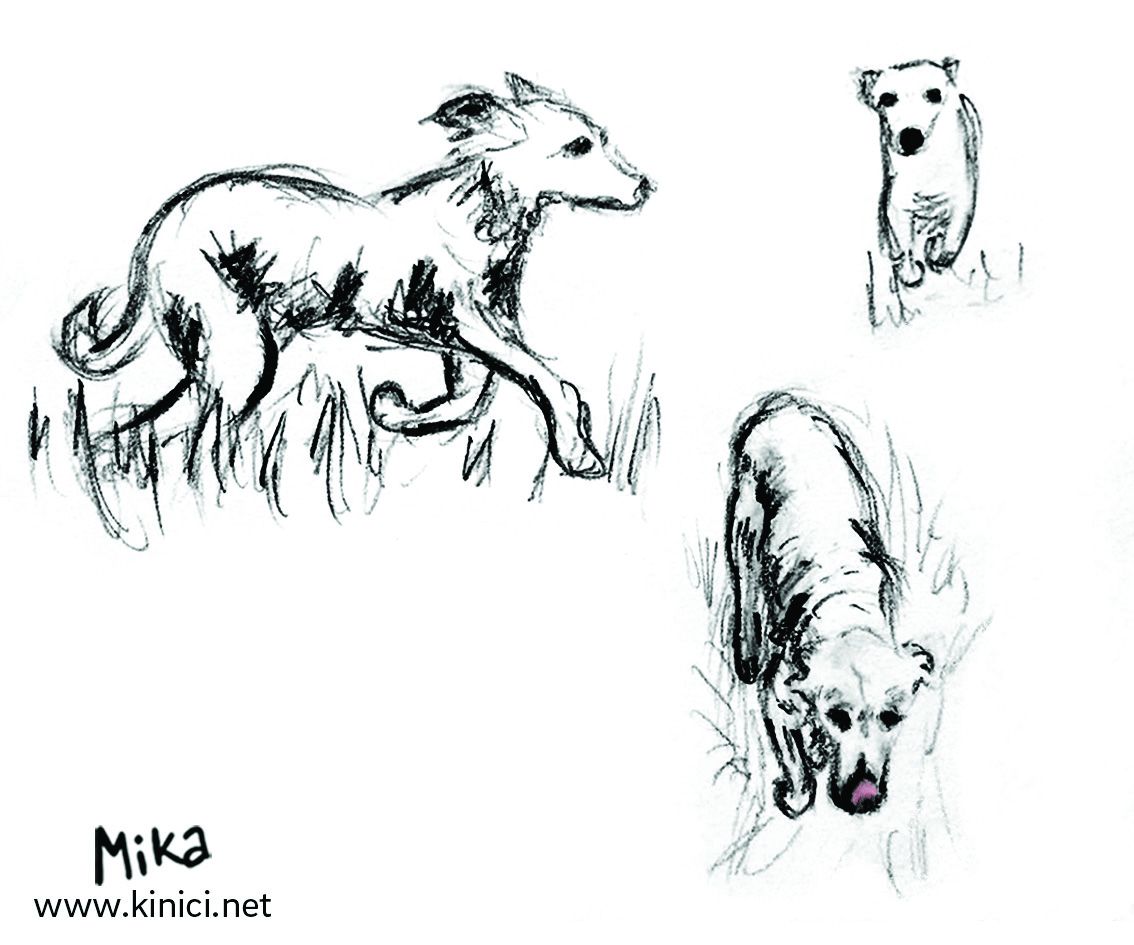It is considered as unnecessary disturbance or hardship whose cause cannot be connected to any specific situation or object. The fear is "free-floating".
The outcome of constant anxiety might be: obsession, phobia, aggression, excessive barking...
Any of these manifestations can progress unless it is dealt with. Progress can be with one side of a problem, for instance, it will bark more and more often, or, for instance, alongside obsession develop aggression...
It is usually, as in regular fear, accompanied by physical symptoms: panting, high pulse, shivering, drooling, uneven adrenalin flow, diarrhoea or constipation... Everlasting fear that is not gotten rid of can be harmful, even to physical health of a dog, because it is a stressful state.

In nature, it is possible to notice scared or upset animal, but animal in state of anxiety is not. Life in wilderness awakens their senses, healthy instincts, while the pack provides safety and discipline.
By proper upbringing, we simulate and replace what is given in natural conditions. Otherwise, one of possible behavioural problems is anxiety.
Some of the symptoms, but most often combination of more than one, that indicate anxiety are:
1. Walking as on eggshells
2. Uneasy turning back
3. Fast eye movement
4. More tender senses than usual (overreacting to sounds, touch... by twitching, irritation)
5. Irregular or frequent stool
6. Frequent urination
7. Drooling
8. Whining
9. Barking
10. Destructiveness (chewing slippers, furniture, cables...)
11. Attempt to escape
12. Scratching
13. Shivering
